DJI Mavic Air 2 vs DJI Air 2S: Is Resolution Really your Priority?
By Elisabeth Christ
Published April 2024

The DJI Mavic Air 2 and the DJI Air 2S represent key offerings in DJI’s mid-range drone lineup, each boasting improvements that cater to the evolving needs of drone enthusiasts and professional aerial photographers alike. While both drones share similarities in design and basic functionalities, they differ significantly in camera performance, flight technology, and price points. This article will compare these two models under several criteria including price & design, features & performance, image & video quality, and battery life. Our goal is to highlight the distinctions that might sway potential buyers towards one model or the other, depending on their specific requirements in a drone. Let’s explore what sets these drones apart and which might be the better choice for your aerial adventures.
Key Takeaways
The DJI Mavic Air 2 and Air 2S cater to slightly different user groups: the Mavic Air 2 offers great value and solid performance for hobbyists and content creators, while the Air 2S provides enhanced imaging and sensor technology better suited for professional use. The choice between them depends largely on how critical camera performance is to the user and whether the price difference is justified by the Air 2S’s superior sensor and additional features.

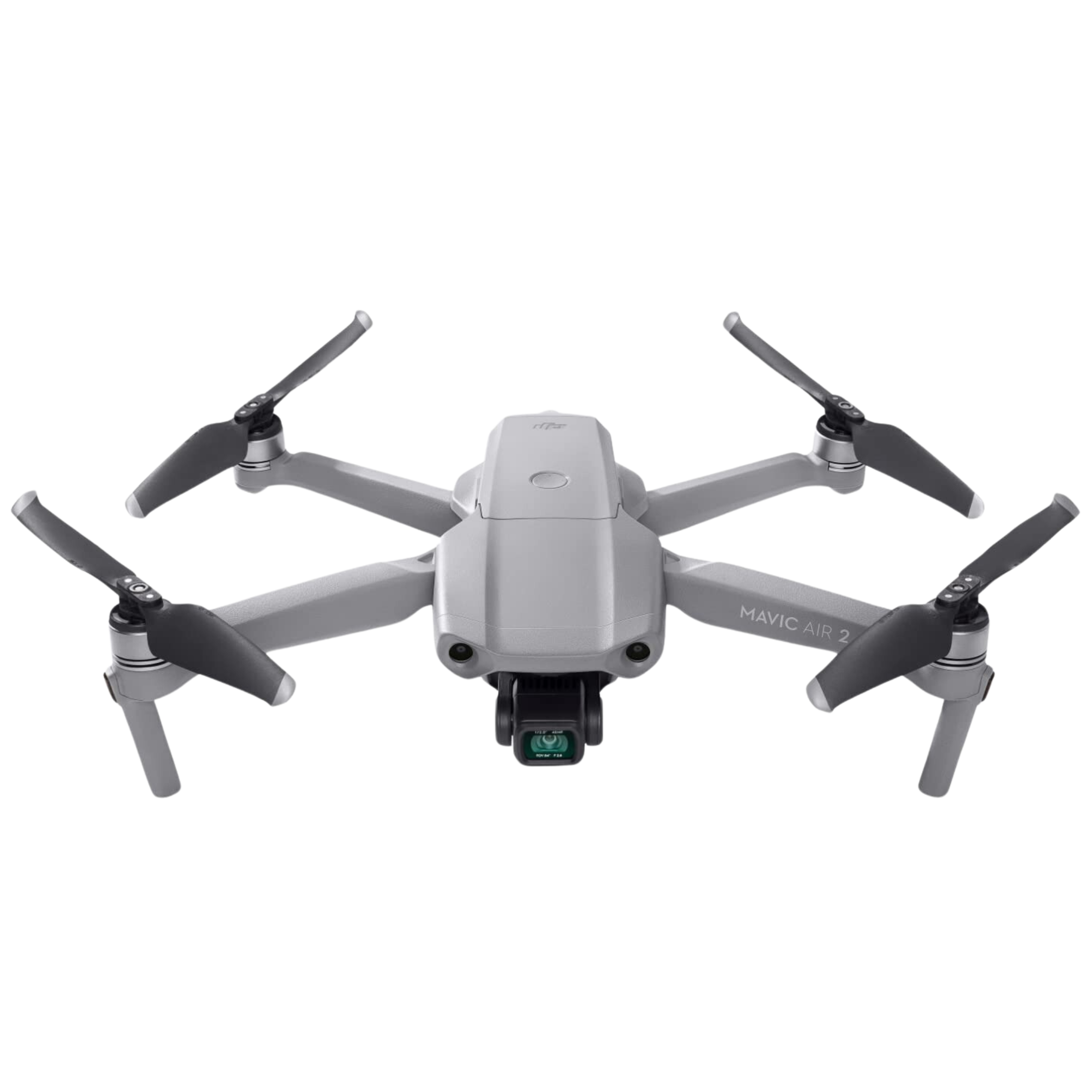
DJI Mavic Air 2
Suitable for those prioritizing portability
✓ OcuSync 2.0 for connection
✓ 42mph max speed
✓ Up to 10km connection distance
✓ 12MP 1/2-inch Quad Bayer sensor
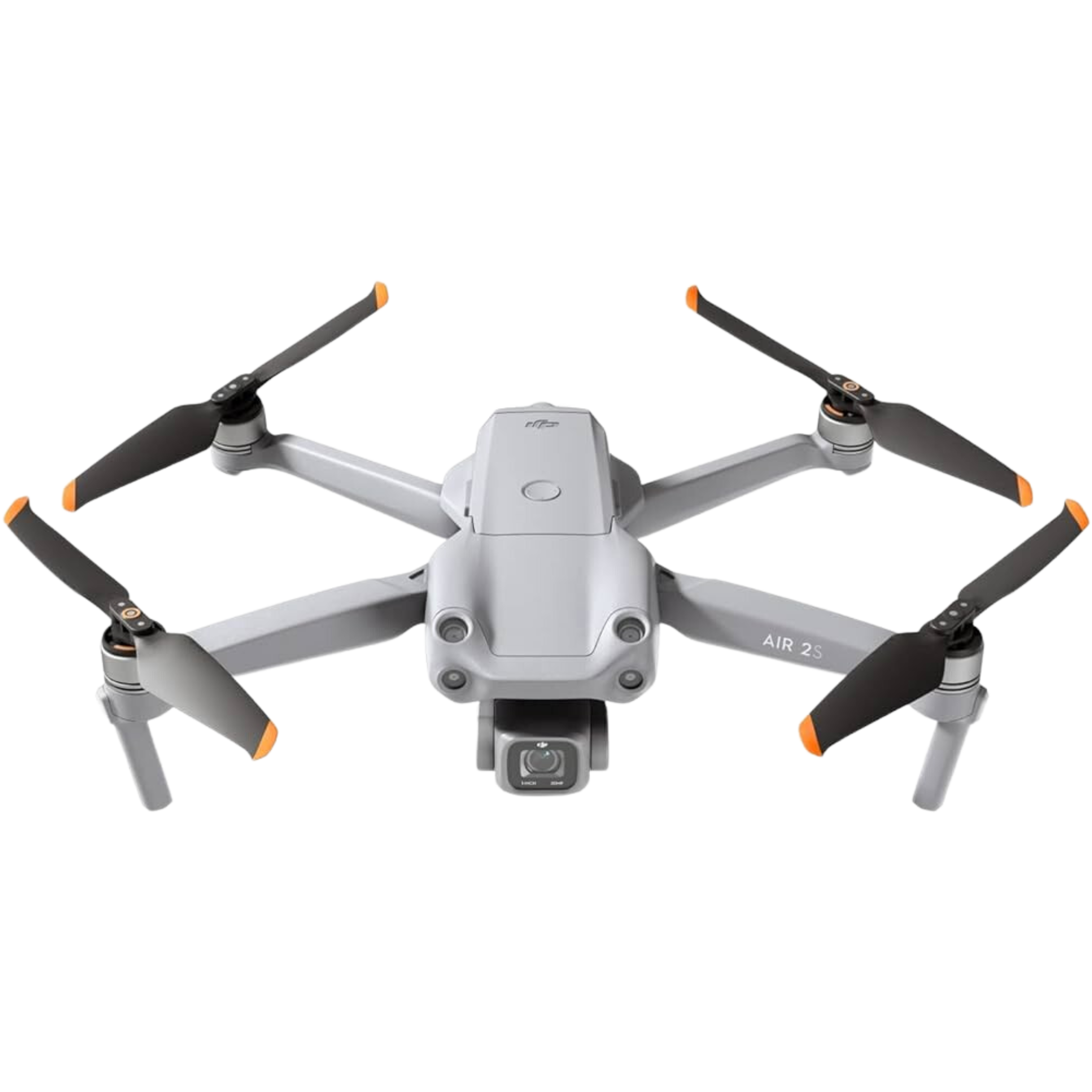
DJI Air 2S
Suitable for Low-light Shooting
✓ SmartPhoto mode
✓ 5 QuickShot modes
✓ 20MP 1-inch 20MP sensor
✓ Up to 5.4 K video resolution
#1 Price & Design
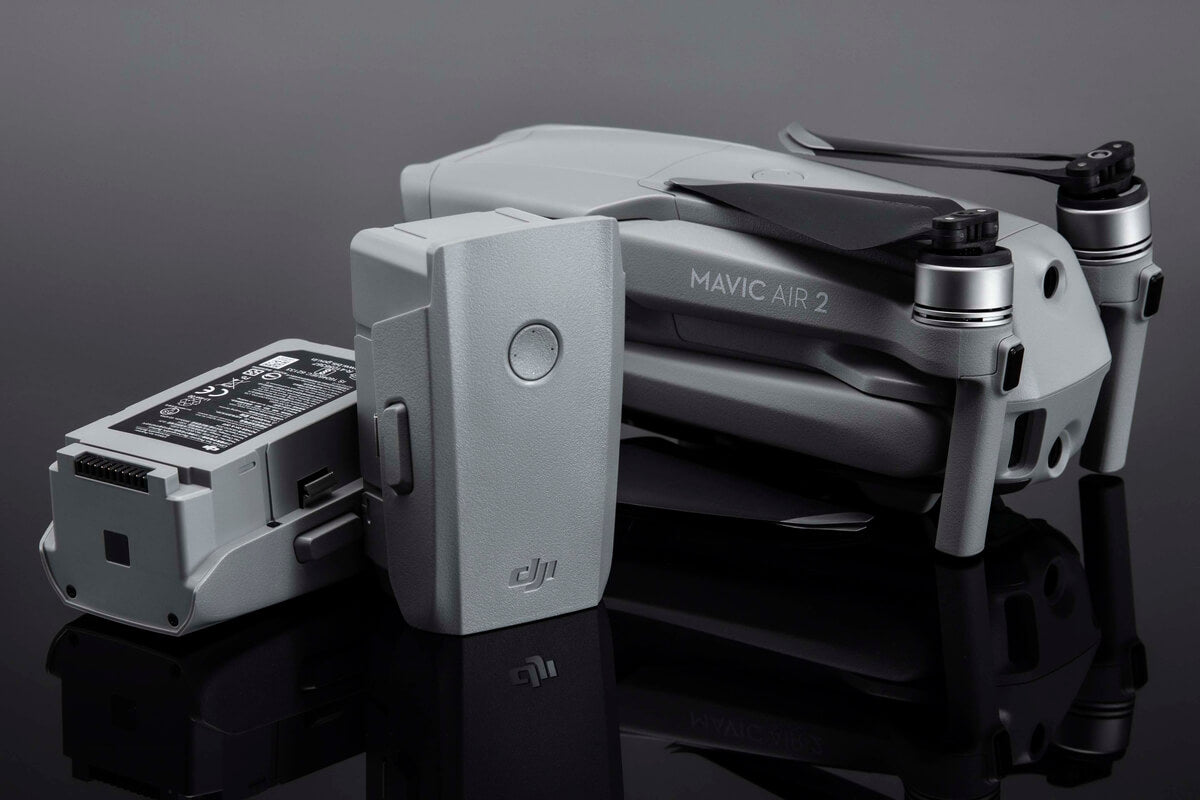
DJI Mavic Air 2
The DJI Mavic Air 2 is offered in two main bundles: the standard package priced at $799 and the ‘Fly More’ bundle at $999. The latter includes additional batteries, a charging hub, ND filters, and a shoulder bag, providing good value for frequent flyers. The drone itself is compact, weighing 570g, with a design that echoes the larger DJI Mavic 2 Pro but in a more portable format. Its controller is bulkier compared to its successor and lacks a foldable design, which could be a downside for those prioritizing compactness.
Priced starting at $999 for the standard kit, the DJI Air 2S also offers a Fly More Bundle for $1,299, which includes similar extras as the Mavic Air 2’s more expensive package. The Air 2S maintains a design closely resembling the Mavic Air 2 but introduces slight modifications like additional sensors and a new function button on the controller for enhanced usability. It weighs slightly more at 595g, and the design changes are minimal, focusing more on internal upgrades and camera enhancements than on external aesthetics.
#2 Features & Performances
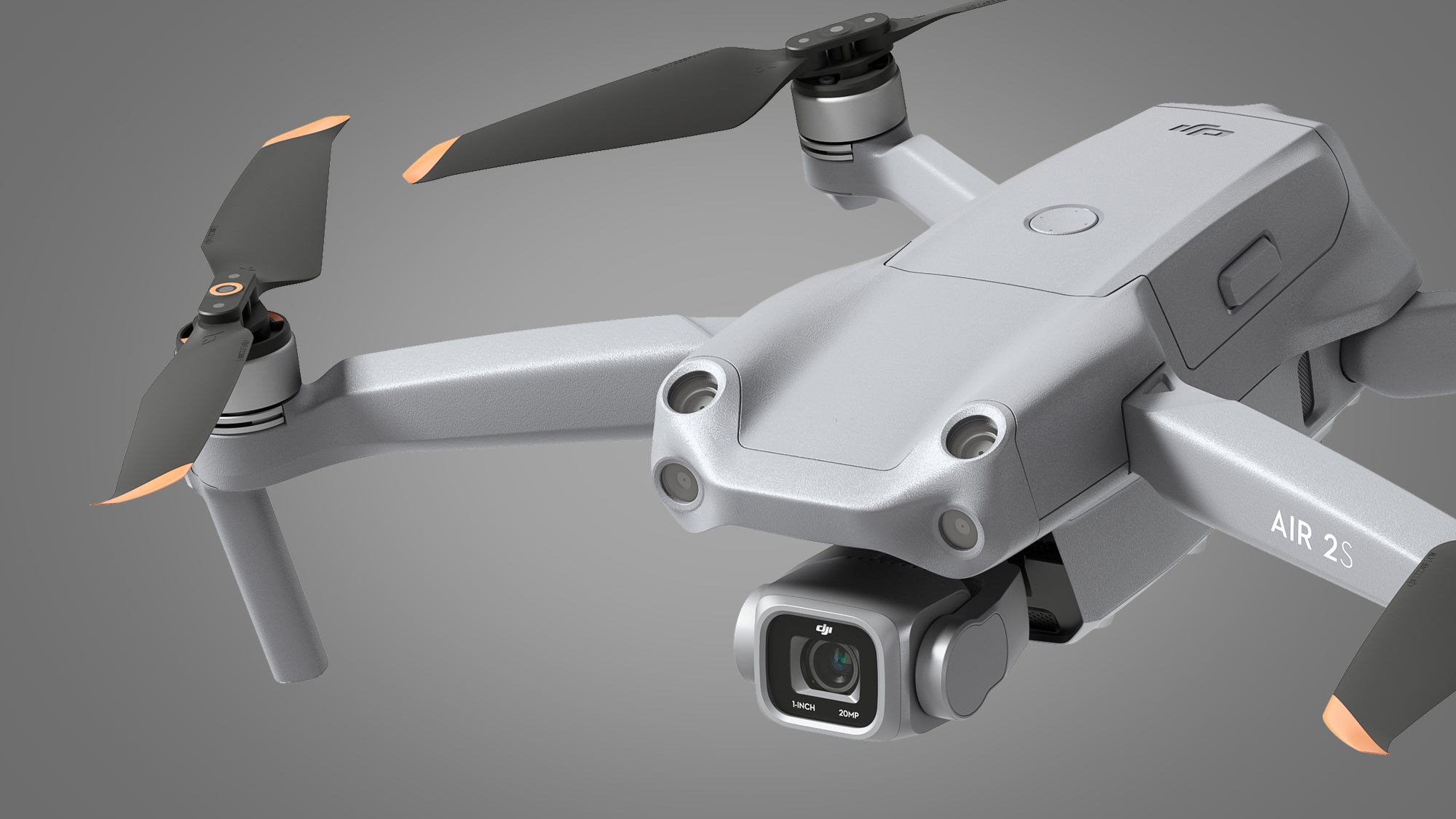
DJI Air 2S
The Mavic Air 2 incorporates OcuSync 2.0 technology, which significantly improves the stability and range of the drone's connection, supporting dual frequency bands of 2.4GHz and 5.8GHz and maintaining a reliable connection up to 10 km away. This makes it highly adaptable to various environments and less prone to interference. The drone also features sophisticated obstacle sensing technology with front and rear sensors that help prevent collisions by automatically rerouting the drone when it detects obstacles. Additionally, the APAS 3.0 system enhances this by plotting a new path around obstructions in real-time, increasing flight safety during complex maneuvers.
Moreover, the Mavic Air 2 offers several intelligent flight modes which make capturing cinematic footage more accessible. These include FocusTrack which encompasses three different tracking modes—Spotlight 2.0, ActiveTrack 3.0, and Point of Interest 3.0—allowing users to keep subjects perfectly framed while executing dynamic movements. For creators looking to add drama and flair to their videos, QuickShot modes like Rocket, Circle, Dronie, Helix, Boomerang, and Asteroid offer automated flight paths that create professional-level shots with minimal pilot input.
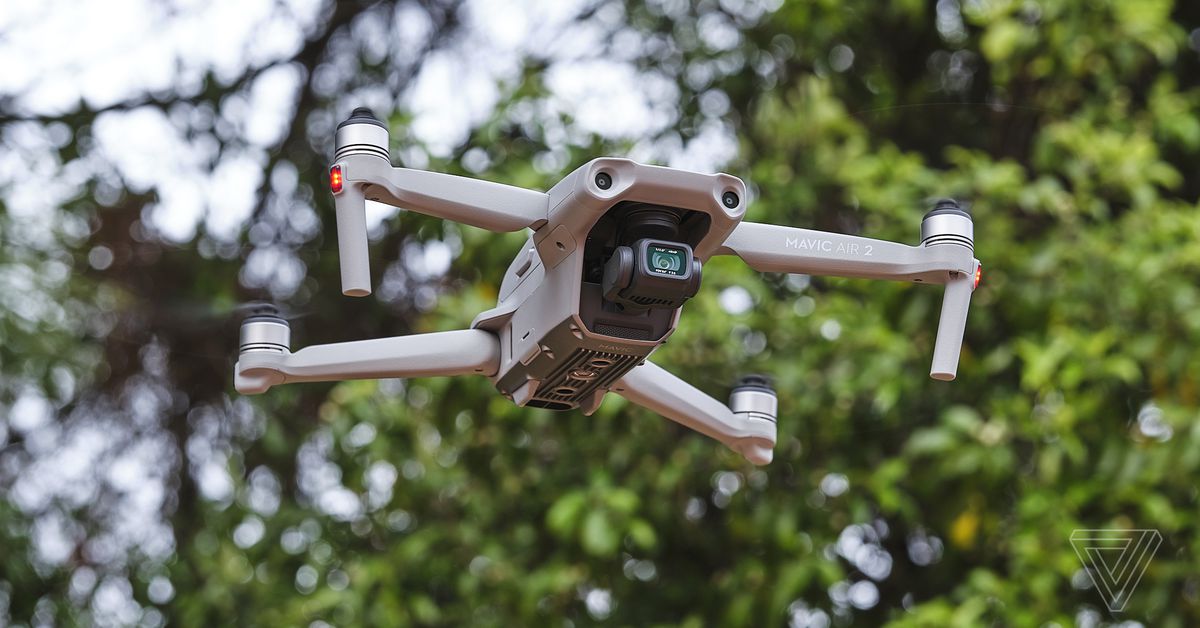
DJI Mavic Air 2
On the other hand, the Air 2S advances these technologies with the introduction of OcuSync 3.0, which enhances transmission quality further and provides even more robust anti-interference capabilities over longer distances. The upgraded APAS 4.0 system offers smoother and more reliable obstacle avoidance, ensuring the drone can navigate complex environments safely at higher speeds. The addition of upward-facing sensors, along with the standard forward, backward, and downward sensors, grants the Air 2S a superior spatial awareness, making it ideal for challenging terrains.
In terms of automated features, the Air 2S expands on the Mavic Air 2’s capabilities with the new MasterShots, which autonomously executes ten different maneuvers in sequence to capture professional-grade footage with a single tap. The enhanced FocusTrack suite now includes Spotlight 2.0, which locks the camera on a subject while the pilot has full control over the drone’s movement, adding creative possibilities for solo operators. These features, combined with the QuickShots and Hyperlapse modes, position the Air 2S as a powerful tool for filmmakers who require advanced tracking and filming capabilities.
#3 Image & Video Quality
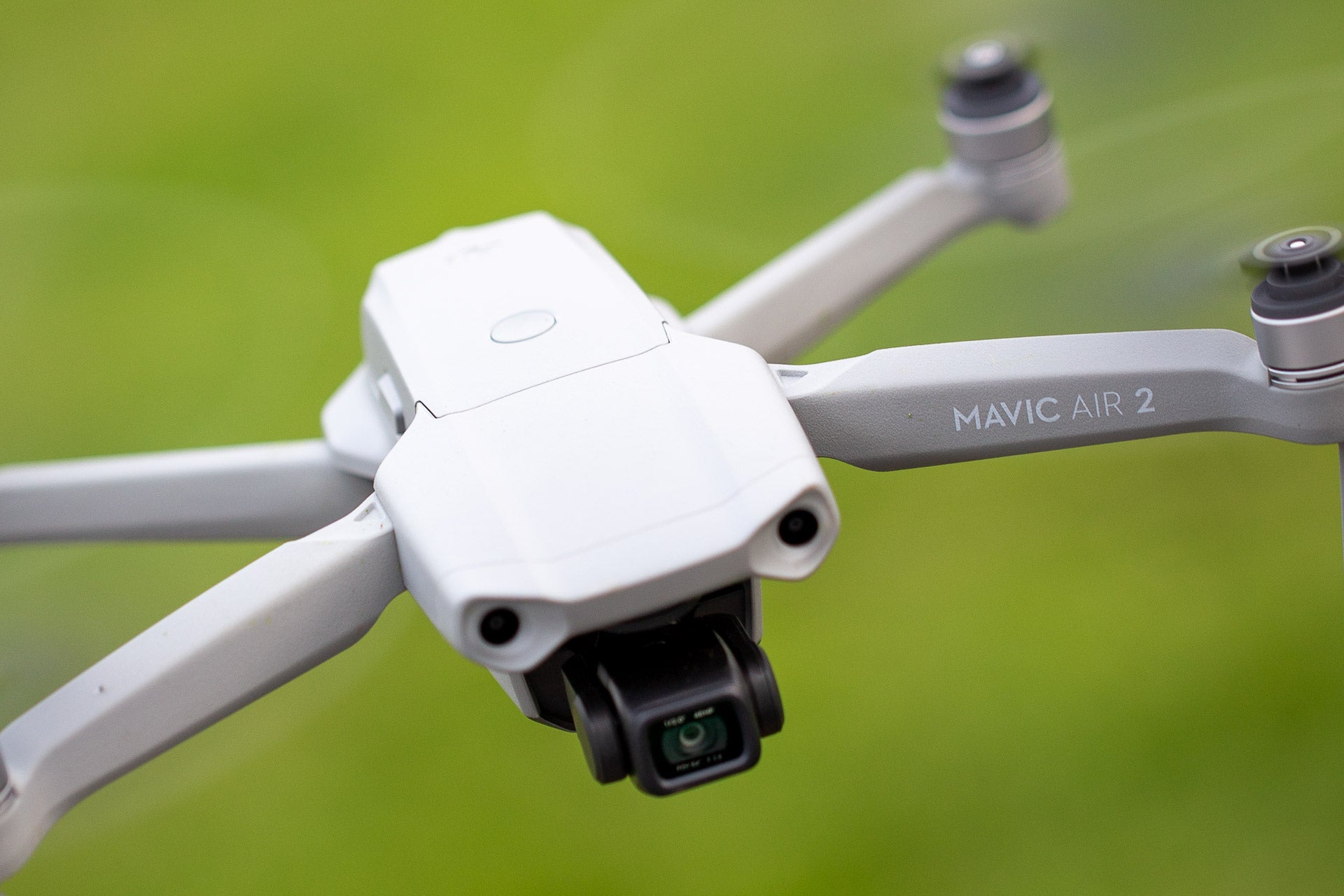
DJI Mavic Air 2
The Mavic Air 2 features a 1/2-inch Quad Bayer sensor capable of shooting 48MP stills and 4K video at 60fps. Its camera offers a fixed f/2.8 aperture and supports HDR video and photo, making it competent in various lighting conditions. Despite these robust features, the Air 2 is limited by its smaller sensor size compared to the Air 2S, potentially affecting performance in low-light conditions and dynamic range.
In contrast, the DJI Air 2S sports a larger 1-inch sensor that significantly enhances image quality, especially in challenging lighting. It supports up to 5.4K video at 30fps and excels with its high dynamic range and clean image output at higher ISOs. The Air 2S’s capabilities make it ideal for professional-grade photography and videography, offering versatility and quality that surpass the Mavic Air 2, particularly for those prioritizing top-tier image and video results.
#4 Battery Life
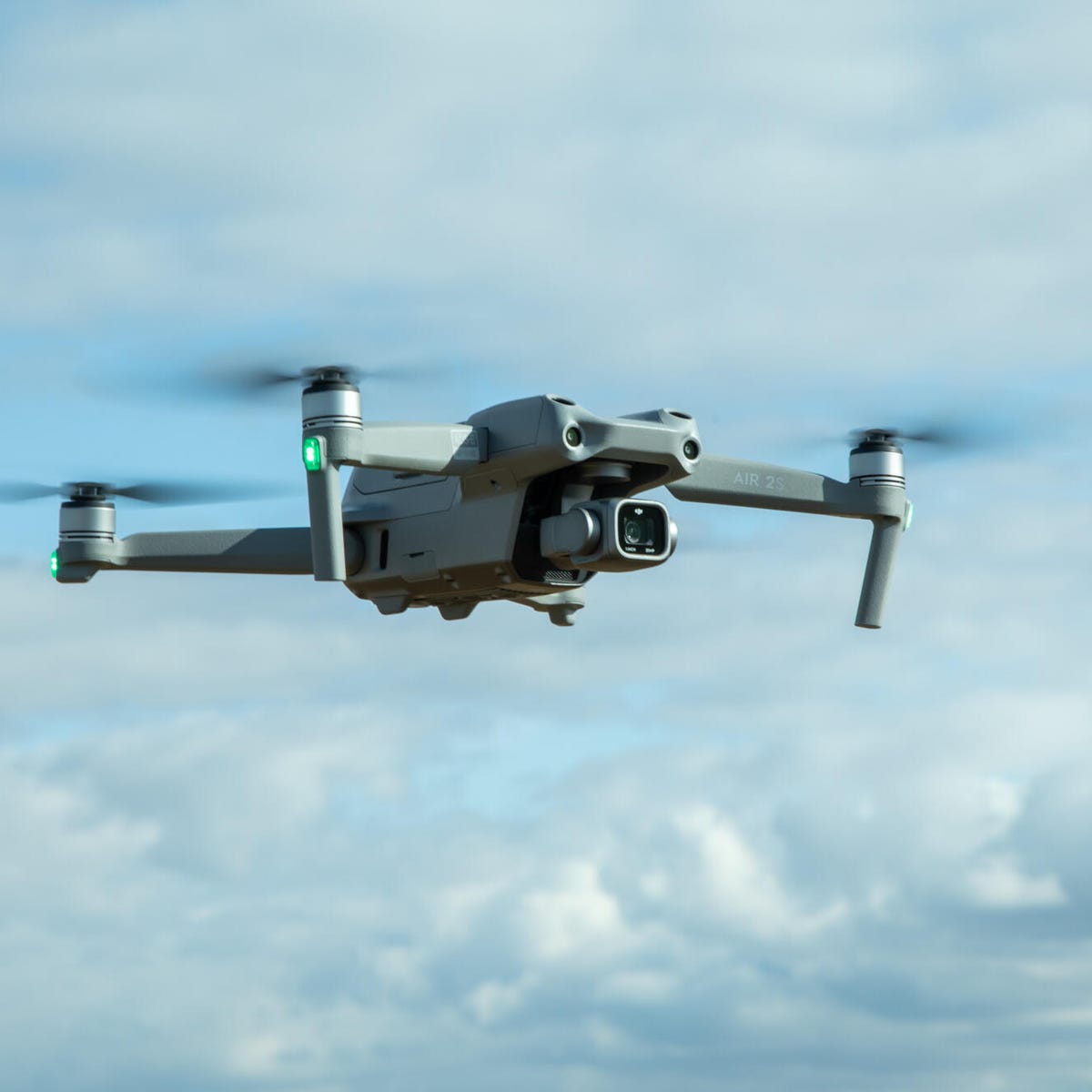
DJI Air 2S
The Mavic Air 2 comes equipped with a 3500mAh battery, which enables up to 34 minutes of flight time under optimal conditions. This duration is suitable for most casual and semi-professional uses, allowing ample time to capture a wide range of footage on a single charge.
Meanwhile, the Air 2S also uses a 3500mAh battery but typically achieves a slightly lower flight time of about 31 minutes due to its enhanced sensors and imaging capabilities, which may draw more power. The slight reduction in flight time is often considered a reasonable trade-off for the increased performance and imaging capabilities.
DJI Mavic Air 2 vs DJI Air 2S
Final Thoughts
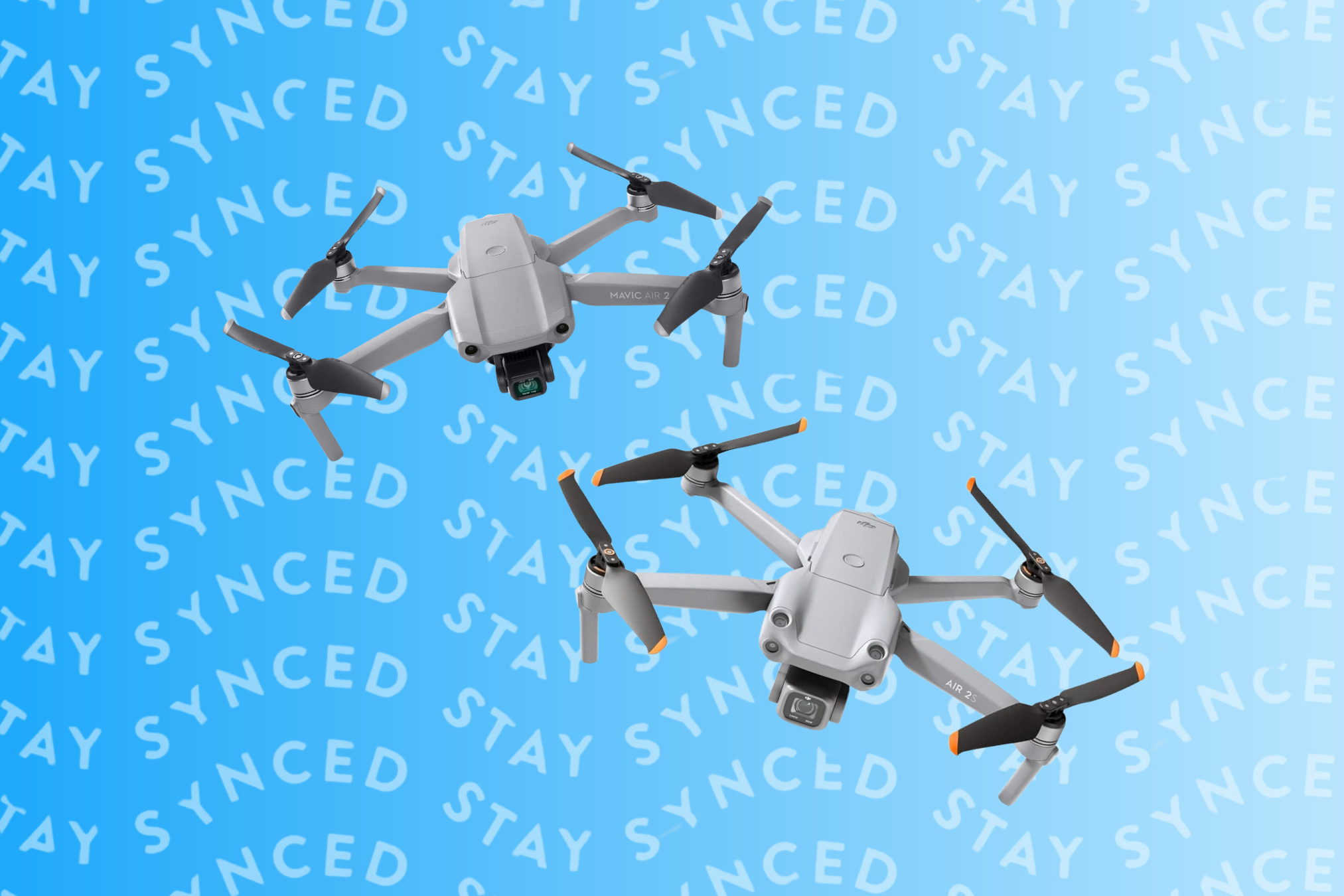
DJI Mavic Air 2 vs DJI Air 2S
When deciding between the DJI Mavic Air 2 and the DJI Air 2S, prospective buyers should consider what aspects of drone performance are most important to them. If top-notch image quality and advanced flight features are paramount, the Air 2S is likely the better investment. However, for those new to drones or those who have fewer demanding needs, the Mavic Air 2 still offers a powerful flying experience at a more accessible price point. Both drones stand out in their respective classes, making them excellent choices based on your priorities and how you plan to use the drone in your creative or professional endeavours.
If you like to read more about Drone Camera, check out our other relevant guides here:
DJI Mini 4 Pro vs DJI Air 3: Which Drone is the Best for You?
The Best Drones for 2024
Don't miss out on tech
Subscribe to our newsletter to stay up to date on the latest tech trends and guides on the best gadgets around.


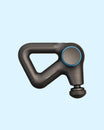
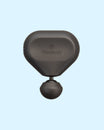

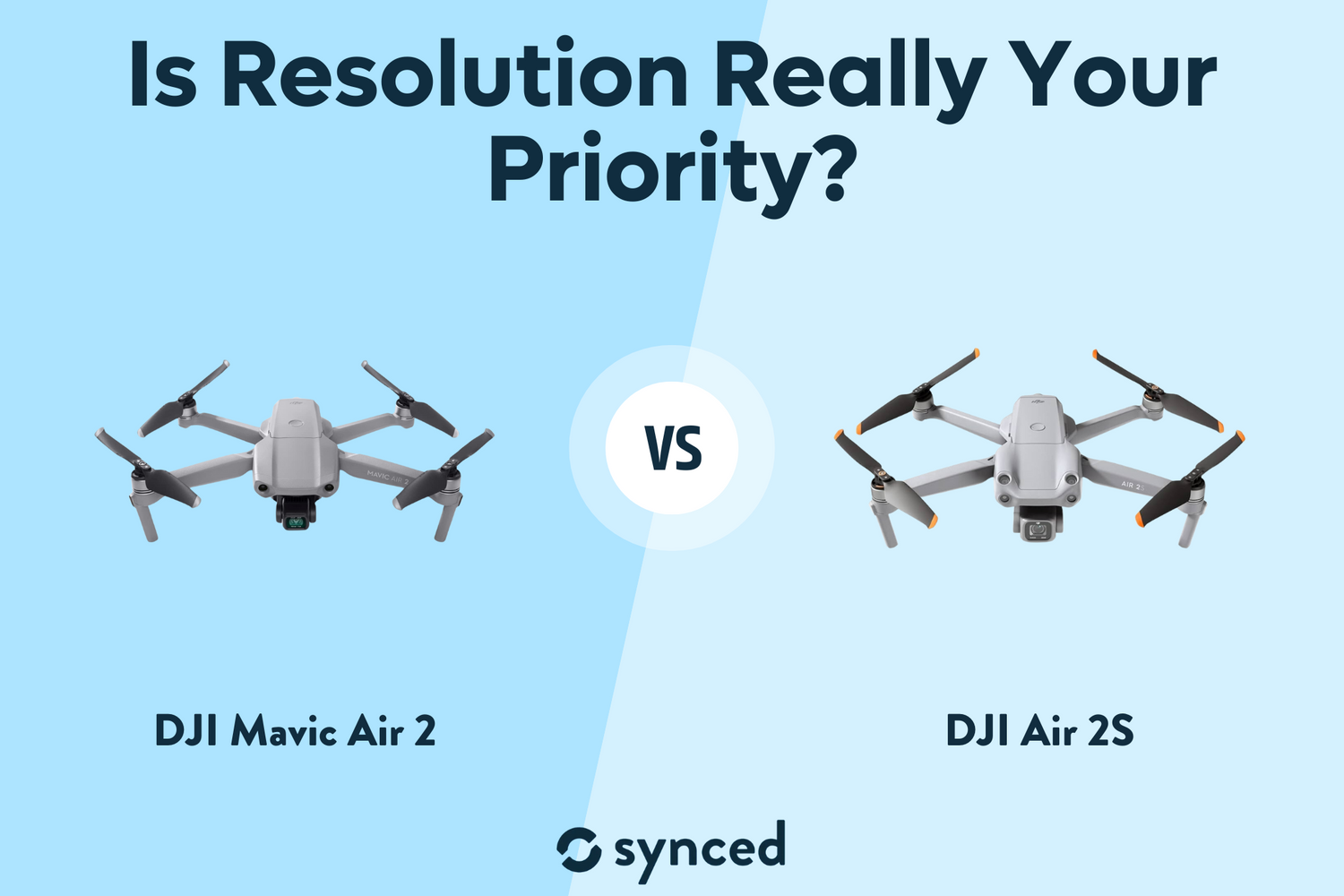
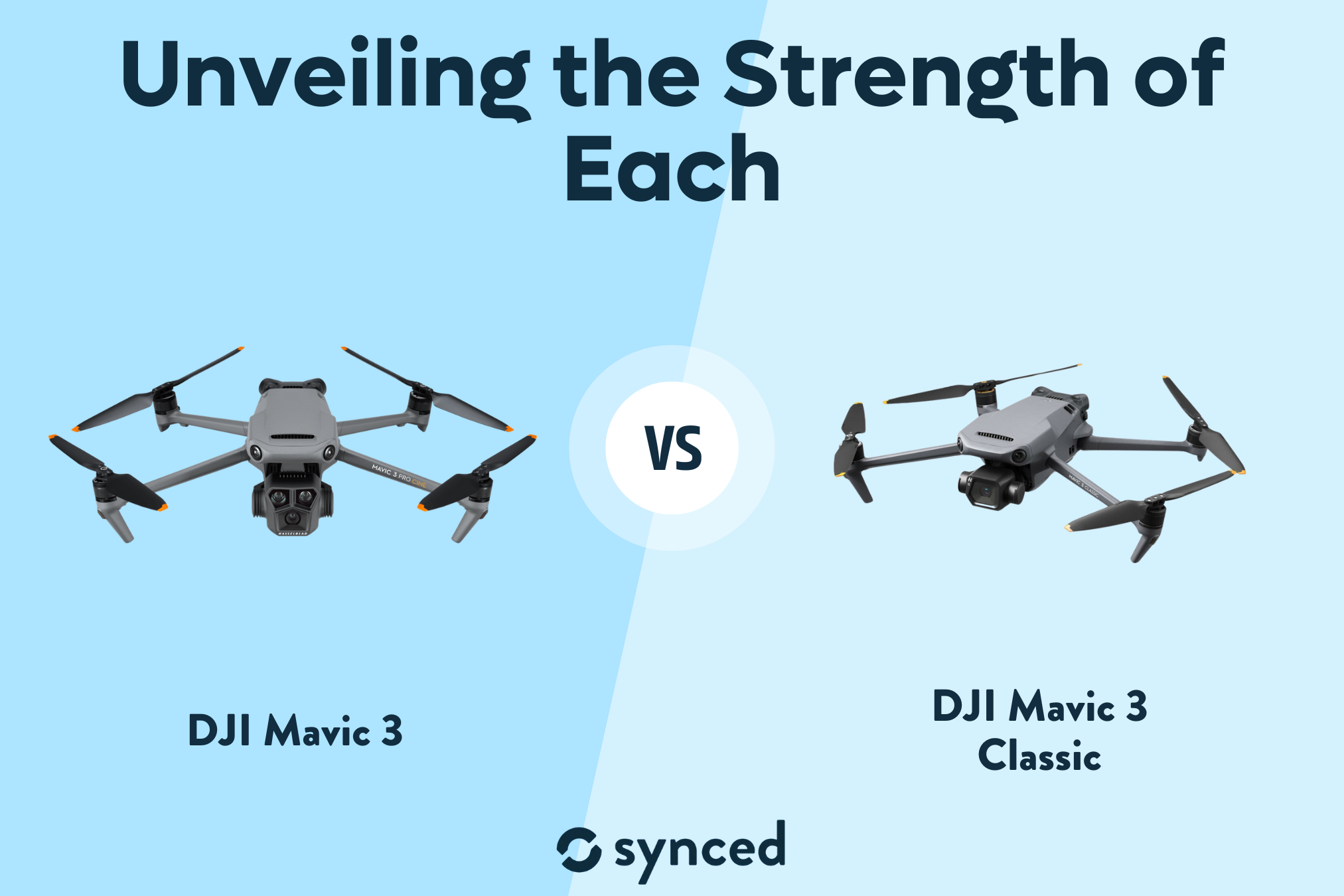
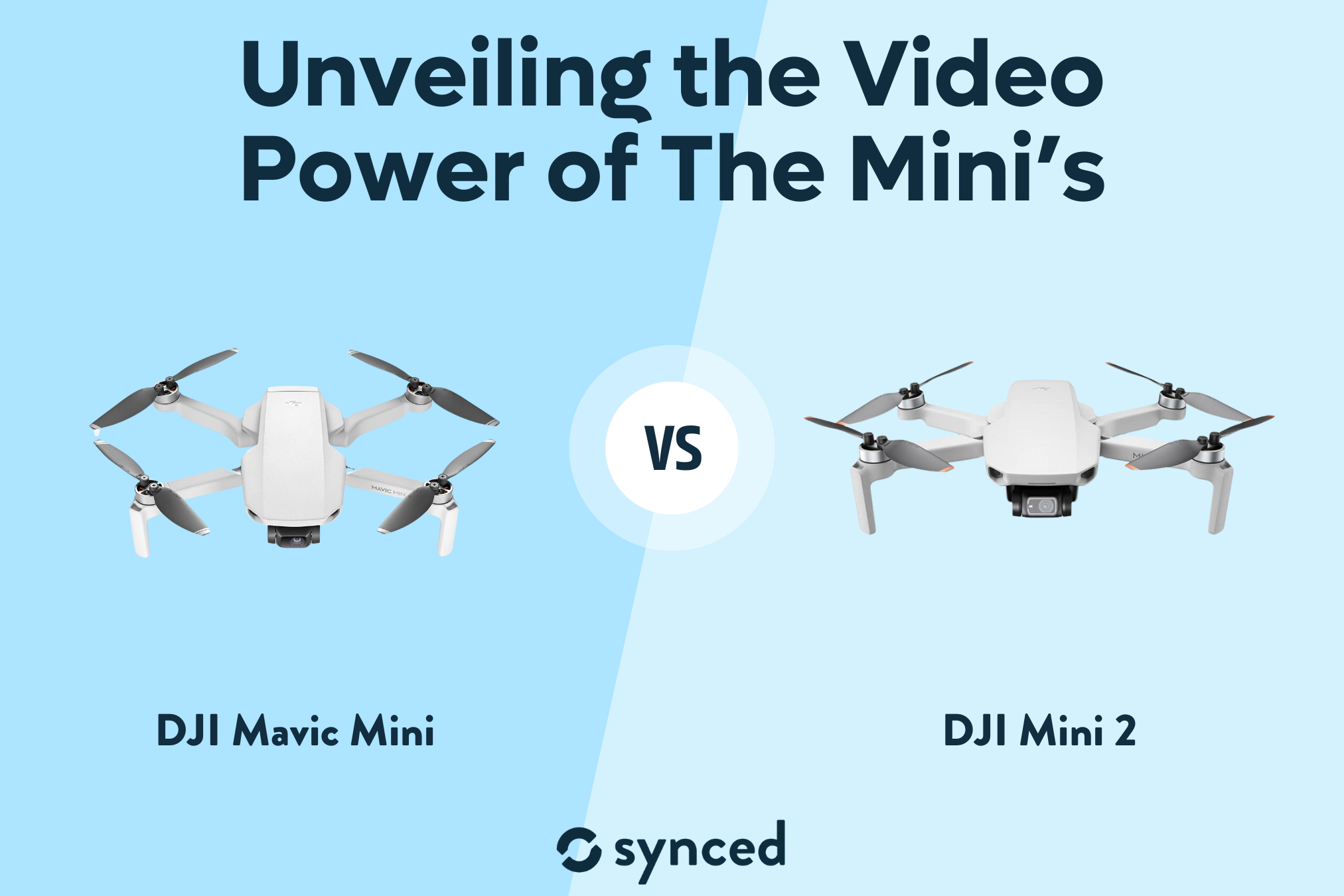
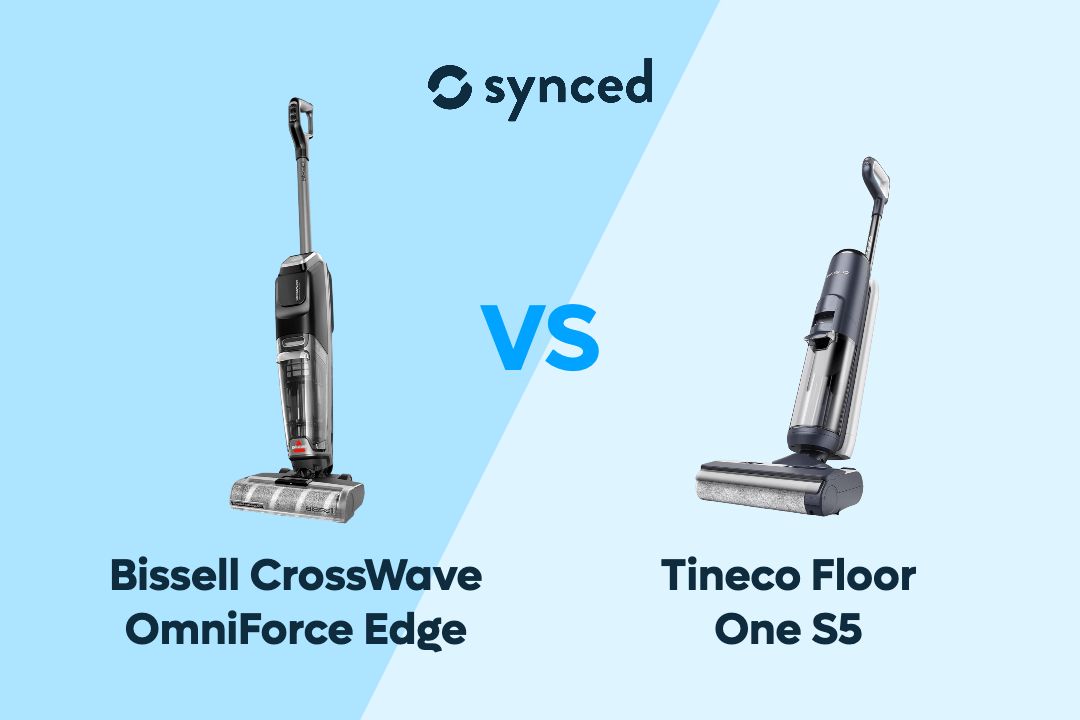
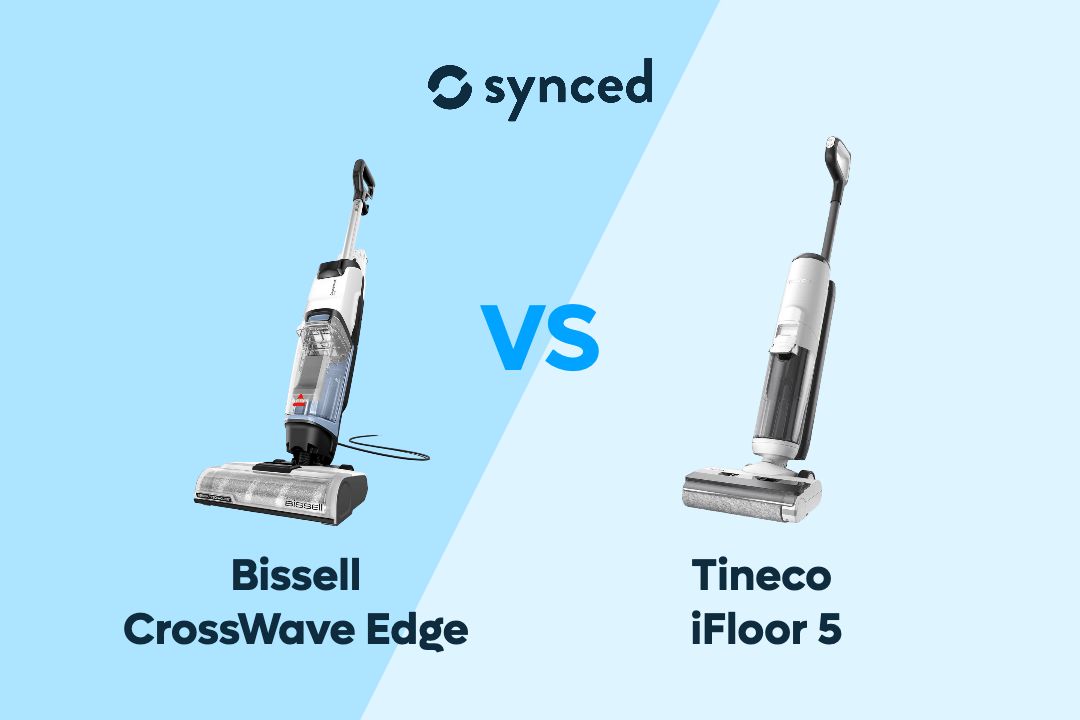
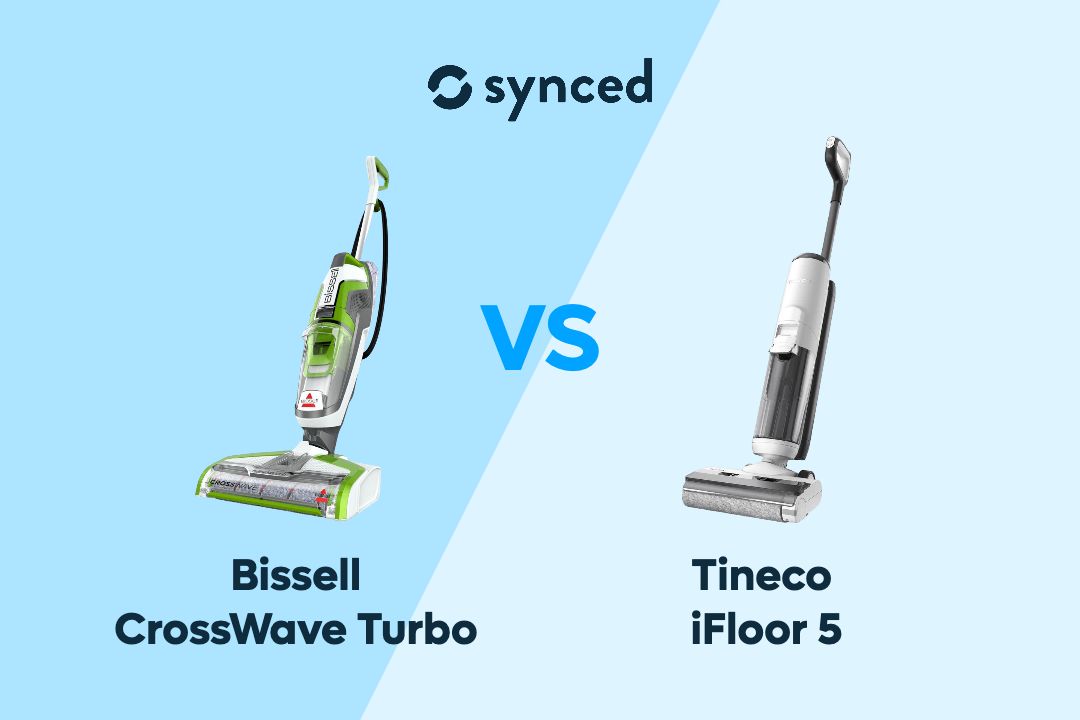
Leave a comment
This site is protected by hCaptcha and the hCaptcha Privacy Policy and Terms of Service apply.